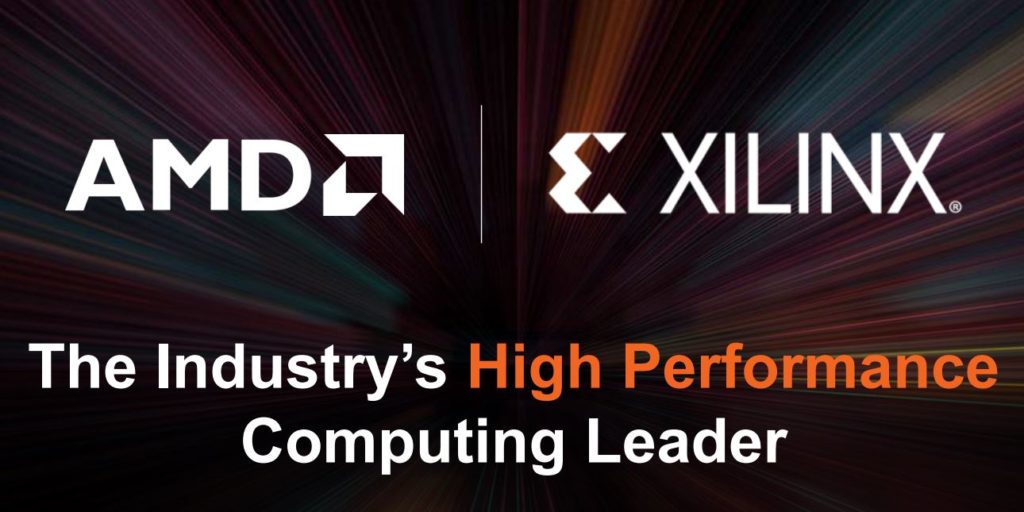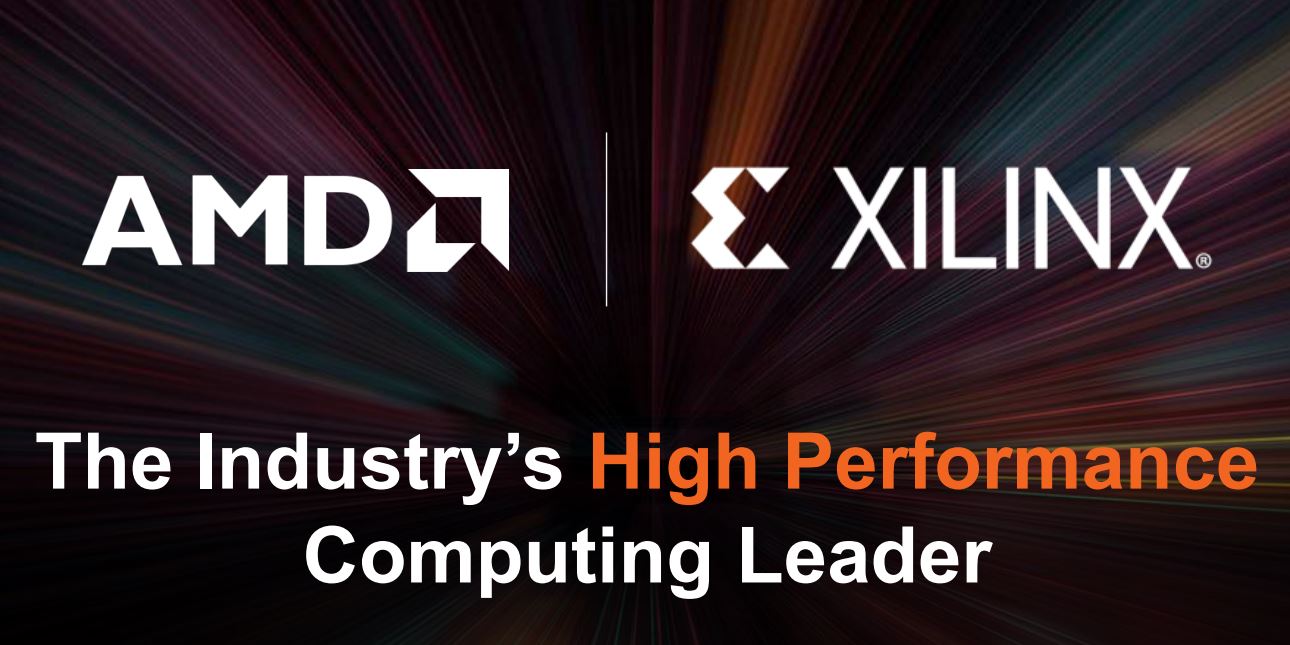
The AMD acquisition of Xilinx is certainly big news but as an insider looking at the media coverage I think there are a few more points to consider. While most of the coverage has been positive there will always be negatives and we can look at that as well.
Intel acquired Altera in 2015 for $16.7B at a 50% premium which was a major disruption for the FPGA industry. Altera and Xilinx were in a heated battle for manufacturing supremacy when Xilinx joined Altera at TSMC for 28nm and beat Altera to first Silicon. Altera responded by moving manufacturing to Intel at 14nm which resulted in Intel acquiring Altera. Looking back, it was a great move which provided Intel with a larger cloud footprint. Rumors of a Xilinx acquisition swirled afterwards but a 50%+ price premium was expected and the motivation on either side was not strong enough.
AMD and Intel are also in a heated battle for manufacturing supremacy. With AMD’s move to TSMC at 7nm the battle has shifted in AMD’s favor. Based on the latest investor calls AMD is in a very strong position against Intel for 7nm and 5nm products. Xilinx also reported a great quarter with beats at the top and bottom line with the Data Center Group hitting record revenue, up 23% Q/Q and logging 30% annual growth. This is another one of those 1+1=3 acquisitions.
And for those naysayers who think AMD will abandon the mainstream FPGA market there really is a simple solution: Keep Xilinx as a separate business unit, FPGA business as usual but also as a leverage for AMD chip business and vise versa.
The other negative I heard is that AMD and Xilinx will be fighting for leading edge wafers which is not true. Xilinx designs leading edge products but it takes time for Xilinx customers to get systems developed, qualified and shipped in volumes. Xilinx stayed on 28nm for the longest time and the new Xilinx Vertex Ultrascale+ products utilize 14/16nm process technology.
From the CEOs:
“Our acquisition of Xilinx marks the next leg in our journey to establish AMD as the industry’s high performance computing leader and partner of choice for the largest and most important technology companies in the world,” says AMD President and CEO Dr. Lisa Su in a press release.
“This is truly a compelling combination that will create significant value for all stakeholders, including AMD and Xilinx shareholders who will benefit from the future growth and upside potential of the combined company. The Xilinx team is one of the strongest in the industry and we are thrilled to welcome them to the AMD family.”
“We are excited to join the AMD family. Our shared cultures of innovation, excellence and collaboration make this an ideal combination. Together, we will lead the new era of high performance and adaptive computing,” adds Victor Peng, Xilinx president and CEO.
“Our leading FPGAs, Adaptive SoCs, accelerator and SmartNIC solutions enable innovation from the cloud, to the edge and end devices. We empower our customers to deploy differentiated platforms to market faster, and with optimal efficiency and performance. Joining together with AMD will help accelerate growth in our data center business and enable us to pursue a broader customer base across more markets.”
Sounds good to me. Now let’s talk about the other insider synergies. First and foremost is the Xilinx – TSMC relationship. The Xilinx foundry group is one of the best I have seen. I’m not saying AMD has a bad foundry group, but Xilinx has been with TSMC since 28nm and has been first to silicon on each and every node since. There is only upside for AMD here. And this includes packaging. Remember, Xilinx is a close packaging partner with TSMC (CoWoS).
Another interesting synergy is company culture. Since the beginning of AMD their marketing has outpaced engineering. Blame Jerry Sanders (AMD’s founding CEO and showman extraordinaire). Thankfully, Lisa Su embraced that culture and brought products to market that now more evenly pace marketing.
With Xilinx, on the other hand, engineering always outpaced marketing. We included a chapter on the history of Xilinx in our first book “Fabless: The Transformation of the Semiconductor Industry” as they were one of the first fabless companies. This engineering centric culture is a biproduct of highly technical CEOs of course.
If Lisa Su is able to combine the two cultures it will be a big part of the 1+1=3 acquisition equation for sure.
Another interesting question, what is next for the FPGA industry? Programmability has never been a more critical part of the semiconductor industry as a whole. In my opinion another acquisition is looming. No, not Lattice semiconductor or Microchip. I see Achronix as being the next hot FPGA property and hopefully Nvidia has enough money left after acquiring Arm. Achronix is a $200M or so 150+ person company that is located conveniently close to Nvidia. If you combine their speedy high capacity FPGAs with the Nvidia AI/HPC software ecosystem it will be a 1+1=300 acquisition, absolutely.
Share this post via:








Quantum Advantage is About the Algorithm, not the Computer